The James Webb Space telescope has sent back remarkable images to Earth.
Images of the distant past, of galaxies, of deep, deep space.
Of dying stars and of wobbling galaxies.
It reminded me of an old love affair of mine.
But billionaires have come between me and my old amore.
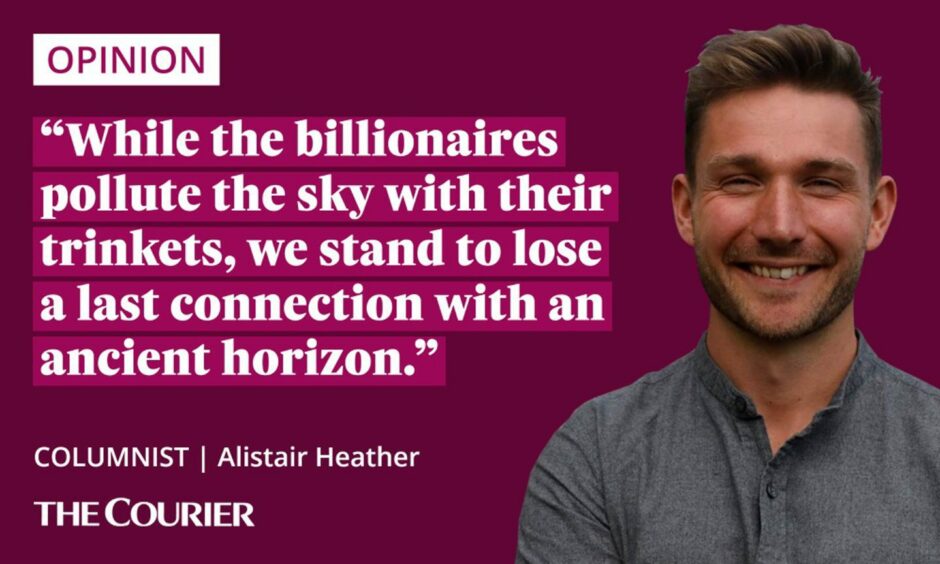
Appreciating the night sky is one of the wonders of being alive.
And Scotland’s ink-black midwinter evenings are the perfect stage for the majesty of the stars to strut in their glory.
But like everything else that’s simple, free and nice, the super-wealthy and international elites are looking to ruin it for the rest of us.
A hail of satellites now take up the view
We don’t see the stars clearly anymore, not the way the muckle Jimmy Webb Star-Stravaiger does.
Lie beneath the heavens tonight and you’ll see a scene much changed.
The distant twinkling stars are forced into the background as a hail of satellites bipping back and forth across the night sky take up the view.
Thousands are chucked up newly every year.
Most recently, the clanking machinery of Elon Musk’s ill-gotten empire has been coughing whole clouds of satellites into space in eerie fleets.
His SpaceX programme is punting football-sized objects into orbit at an incredible rate, and it’s coming firmly between us and the stars.
One of the billionaires' new satellite galaxies, most probably. There are going to be thousands more of those satellites over the next few months, which is going to make terrestrial astronomy most awfully difficult.https://t.co/bAHhKIMI4o
— Simon fae Standingstone ::🏴🇪🇺🌍:: (@simon_brooke) February 22, 2022
The sky used to be beautiful
In the early 2010s I lived in New Zealand. In the south, there are few artificial lights, and the stars shine in terrific number.
Many’s the night myself and a pal would lie out and steep our gaze in the depth of the stars.
Your retinas would creep open and allow the faintest patterns of distant stars to form velvet textures behind the blaze of planets and the might of the moon.
The sight is breathtaking. Time disappears as the dome turns slowly above.
I’d head back inside with the dilated pupils and expanded consciousness of the mushroom tripper.
But now, thanks to the satellites birling the globe, the nocturnal sky looks like a trucking logistics yard at night, all flashing dazzling synthetic lights. Unbeautiful.
There are obstacles closer to home too.
Scotland is one of the few Dark Sky areas – places recognised for their low levels of light pollution and good public access – in Europe.
Yet the night sky here is already hemmed into a handful of sites offering bubbles of clarity above depopulated areas.
In Dumfries and Galloway you can head to the middle of a forest and spy some stars.
Visit Scotland’s website ushers visitors to the island of Coll in the Hebrides to enjoy the night sky.
The Cabrach, a steep series of sparsely populated glens in the north-east, has been touting itself as another place to encounter the universe.
In contrast, New Zealand has 4,300 square kilometres of Dark Sky area in the South Island alone.
The skies are next in this mass extinction event
This matters because our relationship with nature in general is in crisis.
We’re tearing through the last of the fossil fuel at a rate of knots, poisoning the seas, overseeing a mass extinction event, generally destroying the space we occupy.
Maybe by realising and accepting our place as coincidental occupants of a whizzing, living rock sphere in a vast uncaring universe, we can start to understand our impact and do something about it.
But while the billionaires pollute the sky with their trinkets, we stand to lose a last connection with an ancient horizon. A glimpse into the universe we lived in before we cluttered it.
The forests have gone, the commons turned to farms, the seas peopled by rigs and turbines. These old touchstones where we could calibrate our humanity are gone.
And soon the skies will follow, and with them our final tether to a greater view of the universe.
Nothing compares to seeing the skies with your own eyes
The James Webb telescope is great, and its images sublime.
But even there we see them only on our smartphones and work screens. It is a heavily mediated contemplation. It is not the same.
We need our view of the stars with our own naked eyes.
I want to end on a positive note though. And it is this: Satellites fall.
This error will be in time corrected by the ceaseless gravity engine.
The litter we’ve strewn into space will eventually become particles in the oceans.
This parasite billionaire class that currently run the world will pass too, and ordinary folk will one day again look upwards in wonder, as we have done for millennia.
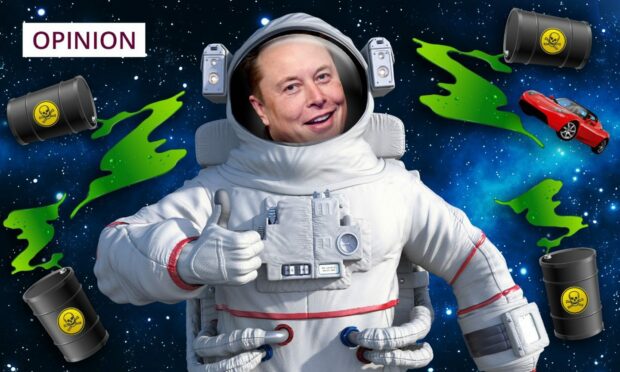
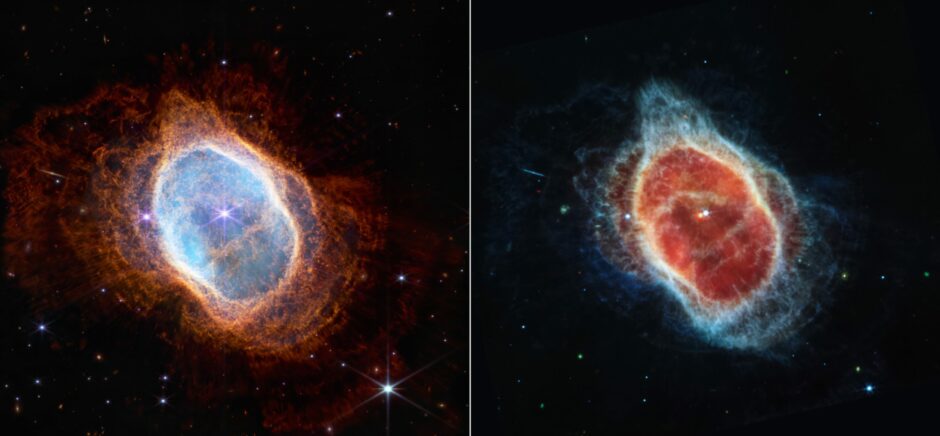
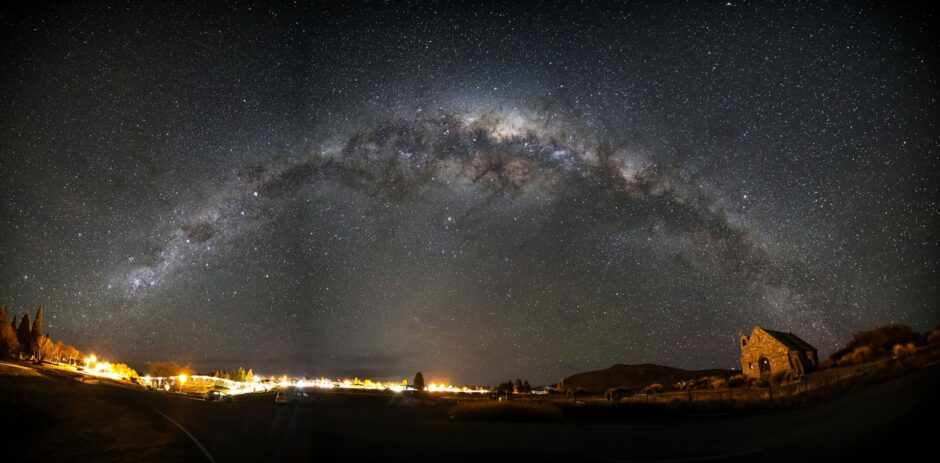
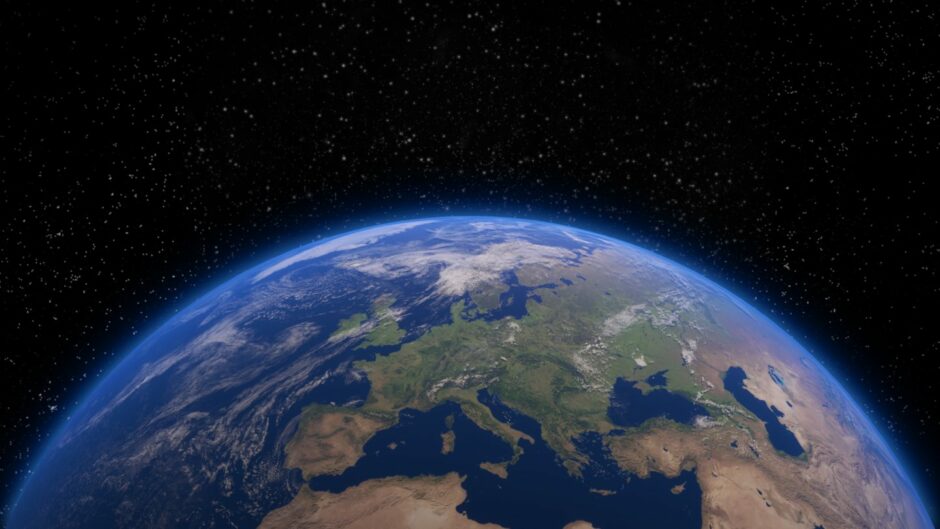

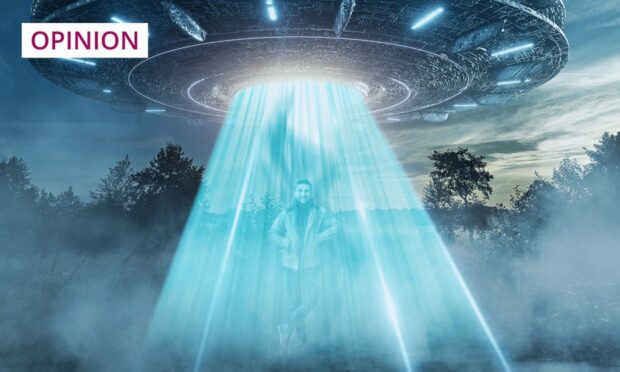

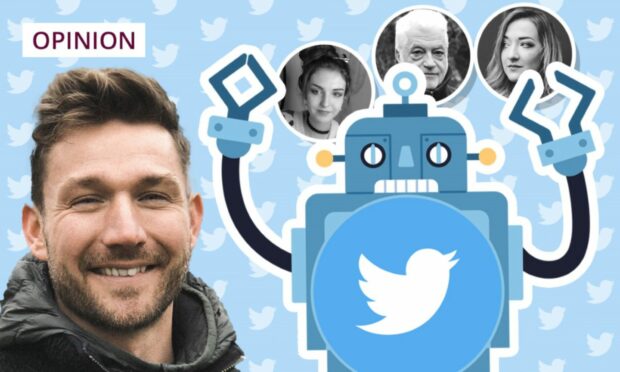
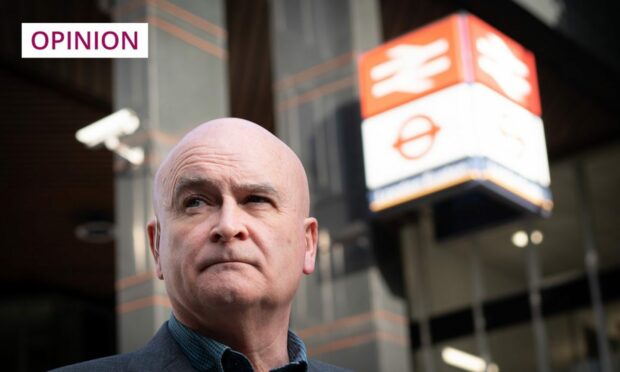
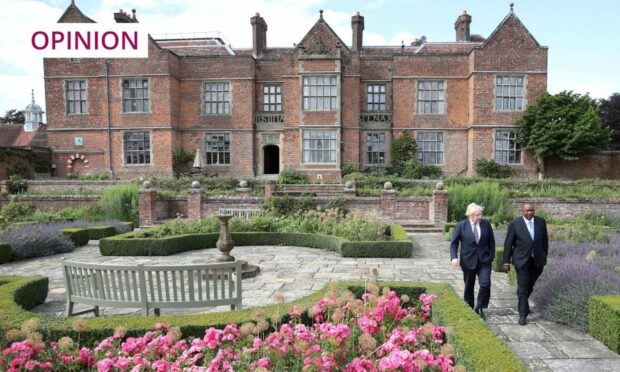

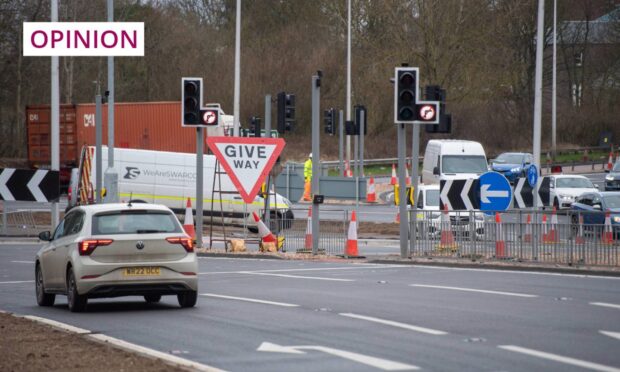

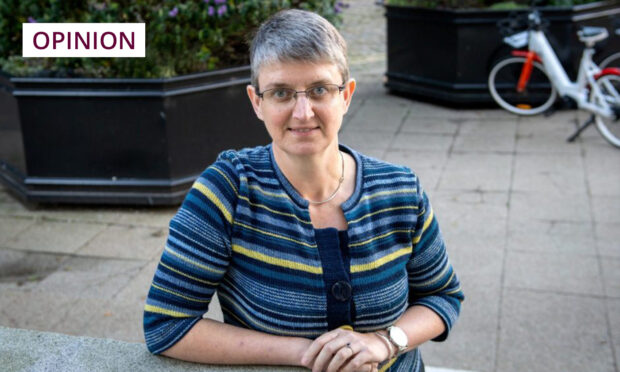






Conversation